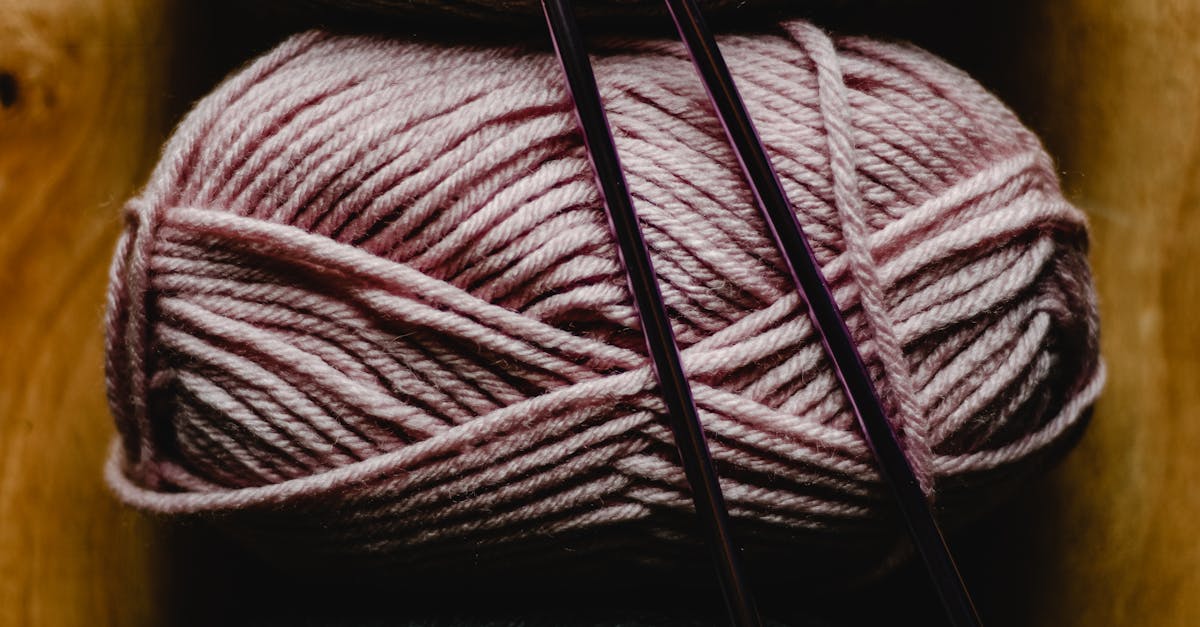Knitting is a timeless craft that allows creators to weave intricate designs and patterns using nothing but needles and yarn. Among the many techniques and styles within the realm of knitting, Double Knit, Entrelac Knit, Intarsia, and Fair Isle Knit stand out for their unique characteristics and stunning results. Let’s delve into 14 interesting facts about these techniques that will deepen your understanding and appreciation for the art of knitting.
1. Double Knit: Double knitting is a method that creates a two-sided fabric with intricate colorwork or reversible patterns. Unlike traditional knitting where the wrong side looks different, double knitting produces a mirror image on both sides of the fabric.
2. Entrelac Knit: Entrelac knitting is a technique that resembles woven basketry, where blocks of stitches are worked in a tiered, tessellating pattern. This method creates a textured fabric that gives the illusion of interwoven strips of color.
3. Intarsia: Intarsia knitting involves working with multiple colors in blocks or sections within a single row. Unlike stranded colorwork, where colors are carried across the back of the work, intarsia requires separate balls of yarn for each section of color.
4. Fair Isle Knit: Fair Isle knitting is a traditional technique that originated from the Fair Isle in Scotland. It is characterized by intricate color patterns, typically using two colors per row to create geometric motifs and intricate designs.
5. Double knitting allows for the creation of reversible garments, perfect for projects like scarves and blankets where both sides are visible.
6. Entrelac knitting is often used to create dynamic geometric patterns and can be seen in projects such as shawls, blankets, and even sweaters for a unique textured look.
7. Intarsia knitting is ideal for incorporating large, detailed designs, such as animals, flowers, or scenery, into your knitting projects.
8. Fair Isle knitting showcases beautiful colorwork inspired by nature, traditional motifs, and cultural influences, making it a popular choice for sweaters, hats, and accessories.
9. Double knitting requires attention to tension to ensure that both sides of the fabric are balanced and have an even thickness.
10. Entrelac knitting involves picking up stitches along the edges of each tier to create the next set of blocks, resulting in a seamless and continuous piece of fabric.
11. Intarsia knitting requires careful management of yarn ends to prevent gaps between color sections and maintain a clean, polished finish.
12. Fair Isle knitting is known for its stranded colorwork technique, where unused colors are stranded across the back of the work, creating floats that should be caught every few stitches to prevent snagging.
13. Double knitting can be a slower process than traditional knitting due to working with two yarns simultaneously, but the end result is worth the extra effort.
14. Whether you’re a beginner knitter looking to expand your skills or an experienced crafter seeking new challenges, exploring the techniques of double knit, entrelac knit, intarsia, and Fair Isle knit can offer endless possibilities for creativity and artistic expression in your knitting projects.
In conclusion, the world of knitting is rich with diverse techniques that allow artisans to unleash their creativity and craft unique pieces of wearable art. By mastering the intricacies of double knit, entrelac knit, intarsia, and Fair Isle knit, you can elevate your knitting skills and create stunning works that showcase the beauty of color, pattern, and texture. Embrace the art of knitting and let your imagination soar as you explore the endless possibilities of these captivating techniques.


